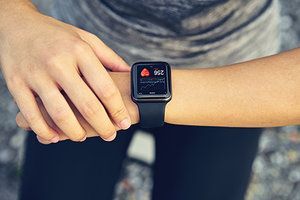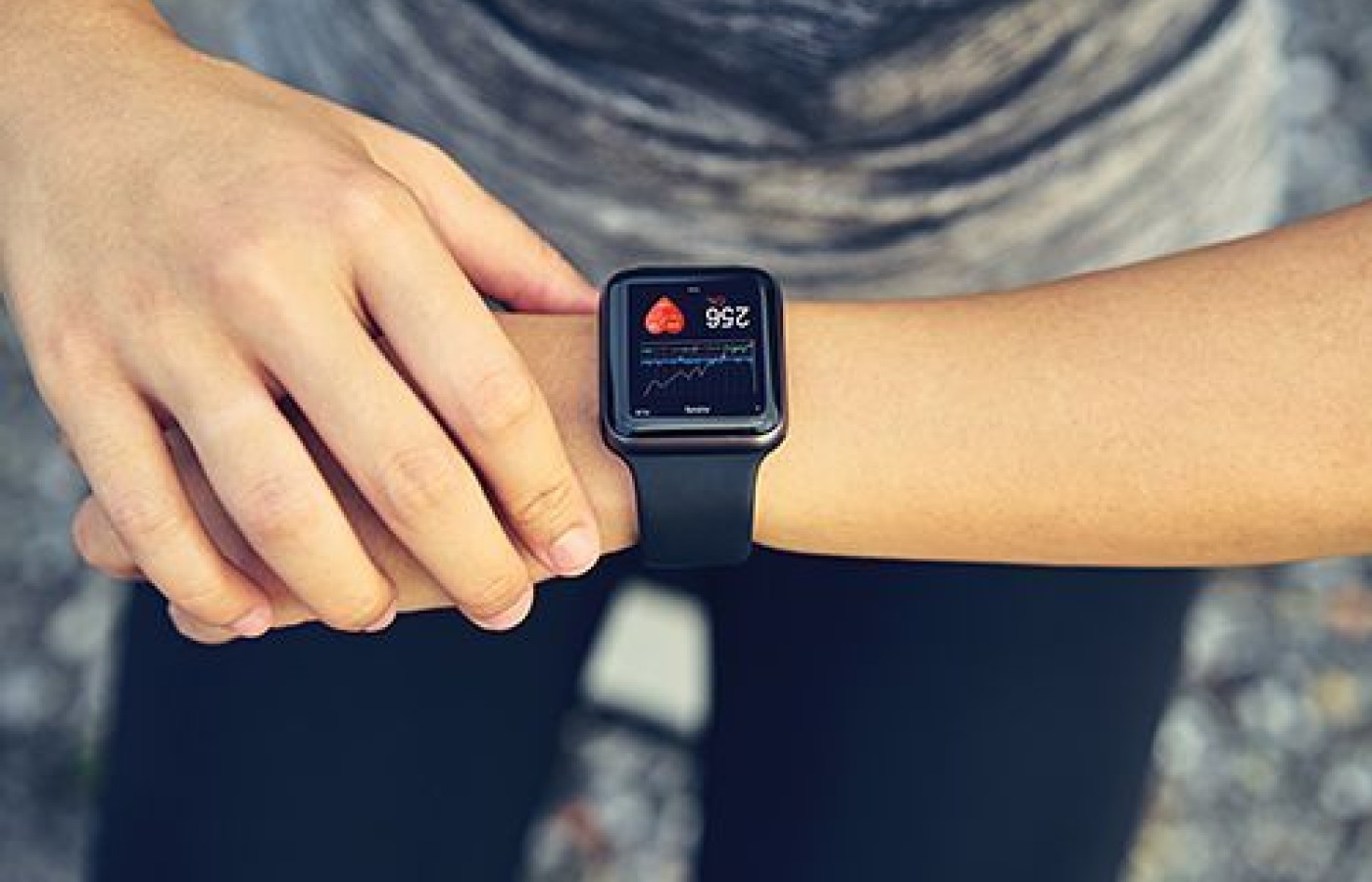New York's highest court of appeals has held that no-fault insurers cannot deny no-fault benefits where they unilaterally determine that a provider has committed misconduct based upon alleged fraudulent conduct. The Court held that this authority belongs solely to state regulators, specifically New York's Board of Regents, which oversees professional licensing and discipline. This follows a similar recent ruling in Florida reported in this publication.
Posture Evaluations in the Smartwatch Age: Just Check the Wrist
Could your patient's wrist hold as many clues to health and wellness as the spine? The answer is a resounding yes if a smartwatch is wrapped around it.
This is the first in a series of 2021 articles dedicated to examining how patients' increasing fascination with health monitoring via technology – specifically the smartwatch – can not only provide you, their doctor of chiropractic, with valuable information regarding their health status, but also take the DC-patient relationship to an entirely new level.
While the wearable technology marketplace features numerous brands, we'll use the latest Apple Watch (Series 6) as our example. Keep in mind that some of the tracking features discussed in this and subsequent articles are also included in previous Apple Watch iterations.
This isn't outside-the-box thinking; approximately one of every six U.S. adults owns a smartwatch, and medical doctors increasingly utilizing health data provided by their patients via smartwatch and other technology to help enhance patient health and wellness inside and outside their offices. It's high time for doctors of chiropractic to do the same.

To start the conversation, let's look at two of the Apple Watch's most interesting tracking capabilities as they relate to chiropractic health and wellness: standing and breathing. Both relate to chiropractic, of course, because they provide the perfect opportunity to focus on a major cause of spinal dysfunction and pain: poor posture.
Stand Notifications
The Apple Watch lets your patients set periodic reminders to stand. With the "stand reminder" feature, patients receive a notification to stand for at least one minute if they've been sitting for the first 50 minutes of an hour. They're also notified each time they've completed the "challenge," which equals one hour toward theot stand goal for the day (12 hours is the default option, but patients can adjust it).
The popular "activity" feature on the watch, which tracks health variables such as movement (calories burned), exercise and standing, allows your patients to monitor how many times they've stood in pursuit of their daily goal; reminds them when they're getting close; and notifies them when they've achieved it (something we'll talk about more in subsequent articles that focus on the other activity variables the watch can monitor).
Unfortunately, sitting is all-too-common for most people: adults while working, children while in class (in-person or virtually) – and for just about everyone with COVID-19 restrictions limiting the opportunities to avoid "sitting around" that used to be easy to find.
Breathing Notifications
The Apple Watch also lets your patients set breathing notifications: from zero to 10 times per day. Each time they're notified, they touch the "start" button on the watch and the "breathing session" begins. (Patients can set each session to last as short as one minute or as long as five minutes.)
The watch vibrates slowly to prompt each inhalation; and an animation on the watch screen helps guide breathing – the animation grows and shrinks as the patient inhales and exhales, respectively. The breathing rate can also be adjusted if your patient prefers longer vs. shorter breaths during each session.
The Posture Connection
You've probably already connected the dots, but in case you haven't, here goes: Standing and breathing provide your patients with an incredible, often overlooked opportunity to optimize their posture.
Sitting, even at an ergonomically ideal desk, is a high-risk event for patients' spines, particularly over time. The longer they sit, the more likely they are to "droop," starting with the head and continuing with the neck, all the way down through the lumbar spine. Most of the time, patients don't even realize it's happening, which is why the "stand" reminder is so valuable.
Every time patients stand, they get a chance to stretch, move around – and in so doing, restore their posture. What's the first thing most people do when they get up from a chair, especially one they've been confined to for a long period of time? Stretch. Raise the arms overhead, squeeze the shoulder blades together, tilt and/or rotate the neck and gently arch the low back. It's all an effort, consciously or subconsciously, to re-establish the posture that's been compromised.
What about breathing? With each deep breath in and out, the diaphragm and rib cage expand. Tell patients to try breathing when they're hunched over in a poor postural position – not nearly as easy to accomplish. Deep breathing, particularly when accompanied by some form of stretching / standing, is the perfect posture rejuvenator.
With the Apple Watch, users can not only review daily data on standing and breathing, but also a weekly summary to compare their day-by-day compliance.
Why It Matters to You
As I'll reiterate in future installments of this series, the true value of the smartwatch – be it Apple or any similarly equipped brand – is twofold:
1. Your patients are tracking health and wellness variables that relate to the chiropractic recommendations and care you provide. If a patient presents with poor posture and they don't stand or breathe regularly throughout the day, even though their smartwatch encourages them to, explain why it matters and how you can help.
2. Connecting the dots between these trackable health variables (in this case, standing and breathing) and chiropractic (in this case, posture) will motivate patients toward better self-care while opening the door wide for consistent conversations with you about their health and wellness in a fresh, engaging way.
"Mr. Johnson, how many days this month have you met your standing and breathing goals?" If the answer is "only a few days" and Mr. Johnson's posture is poor (and he presents with neck and/or back pain), the patient may be more likely to track these variables in the future – and you've taken your doctor-patient relationship into their daily lives, not just the few times Mr. Johnson sees you in the office.
Every time Mr. Johnson tracks his standing and breathing, he'll be thinking about improving his posture, reducing his pain ... and how you, his doctor of chiropractic, encouraged him to do so.
With posture playing such an important role in spinal and overall function (and lifestyle factors increasingly compromising it), every tool you can use to promote awareness while reinforcing the value of your care is a win-win for chiropractic. That potential, that promise, is all contained in the smartwatch on your patient's wrist.
Editor's Note: This bimonthly series picks up in March with our next article, covering sleep monitoring and how chiropractic patients and doctors of chiropractic can use smartwatch tracking of sleep to their collective advantage.



